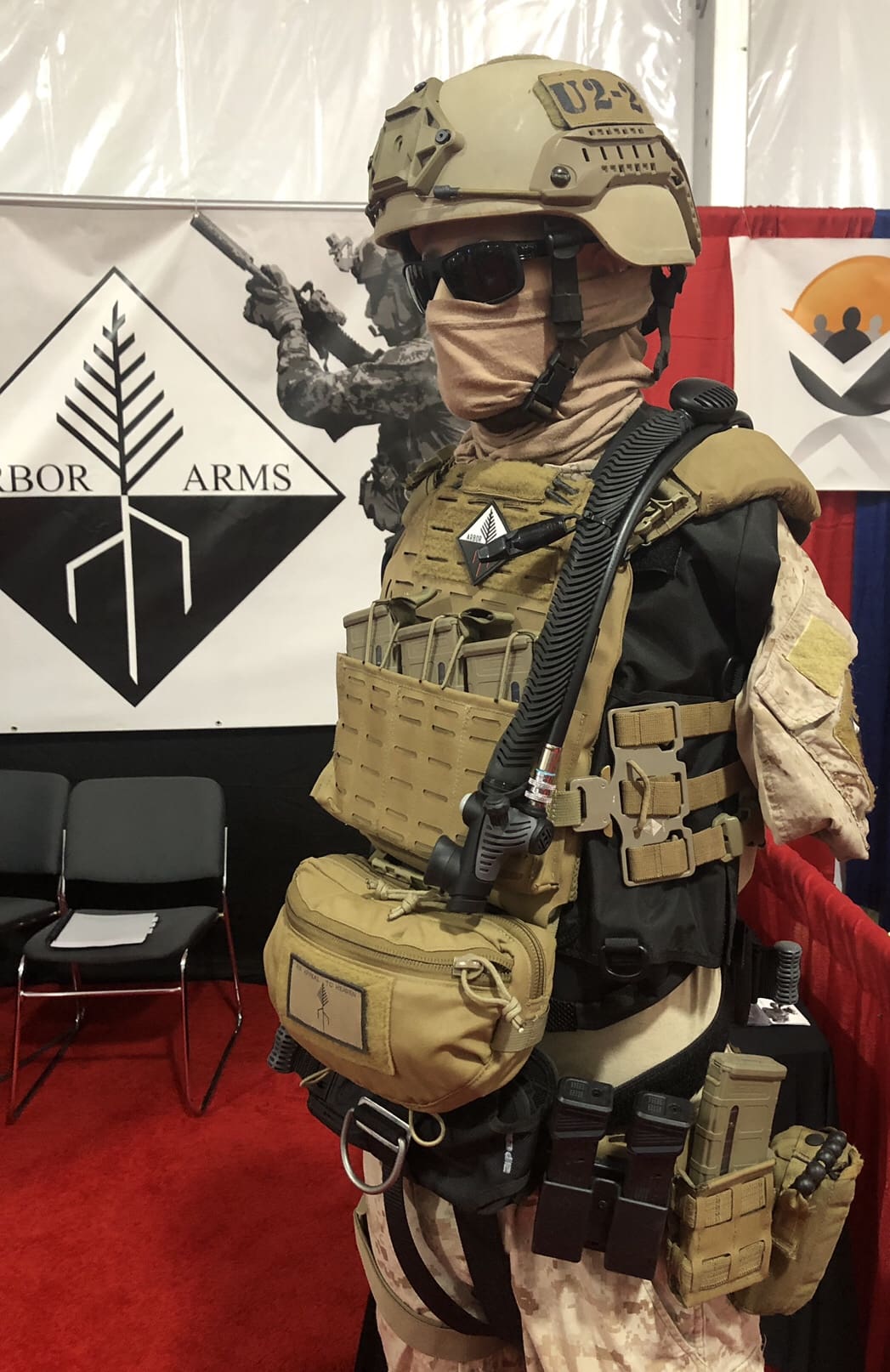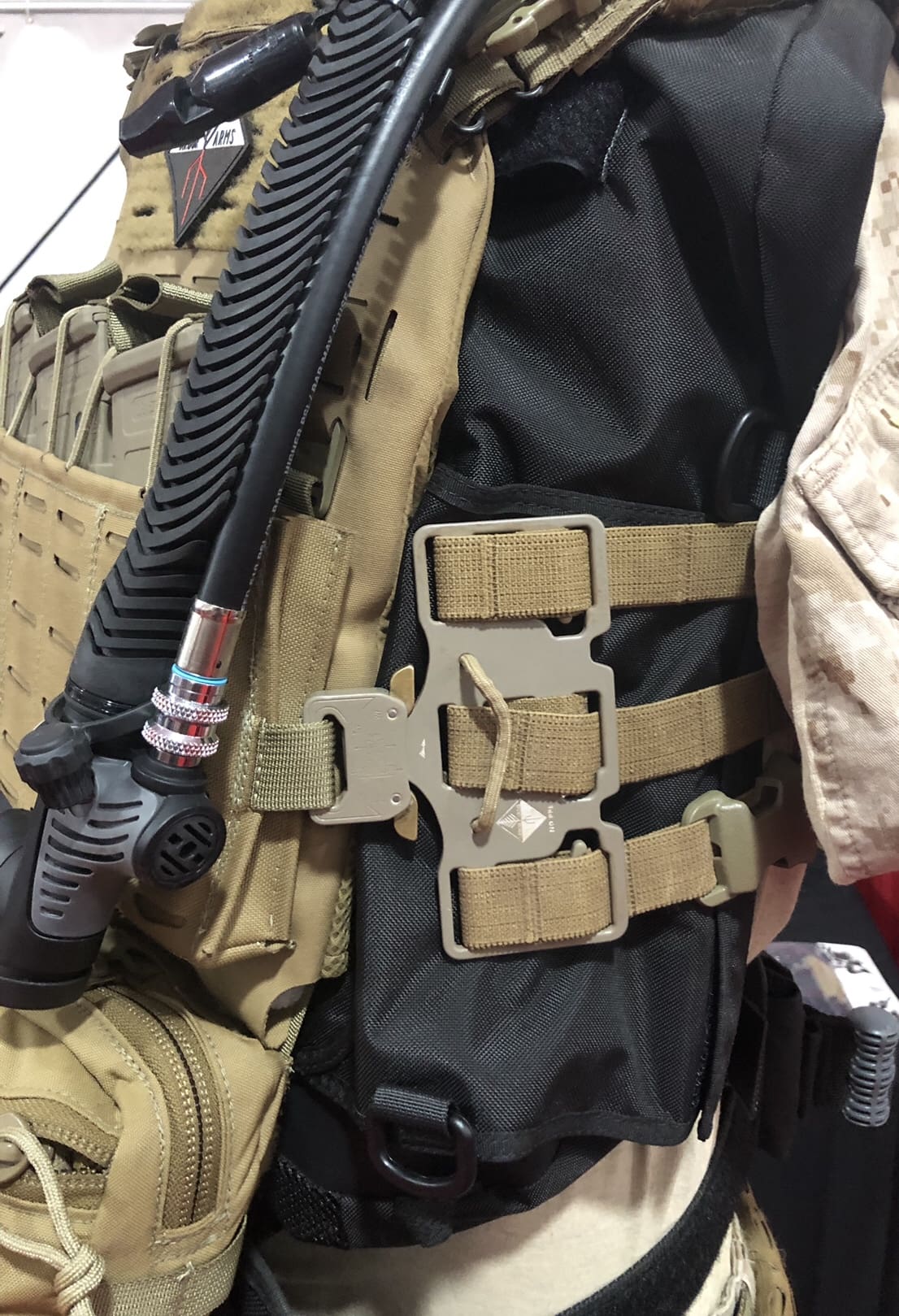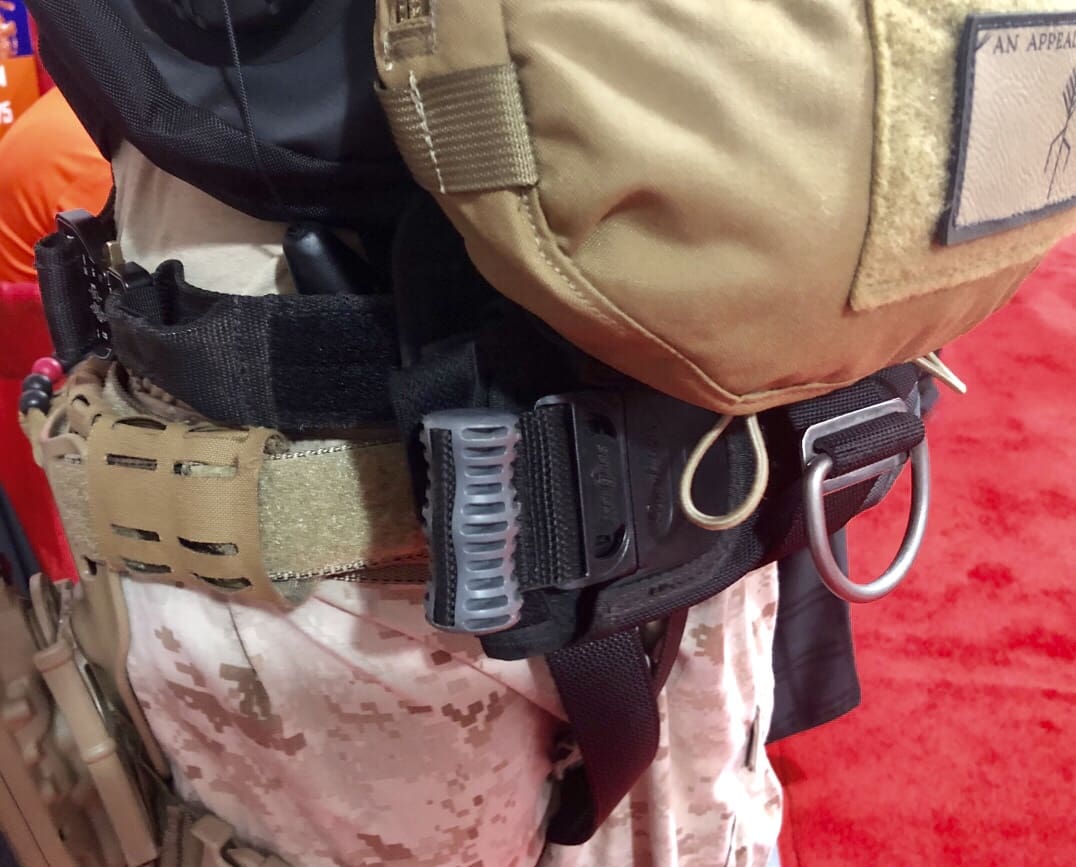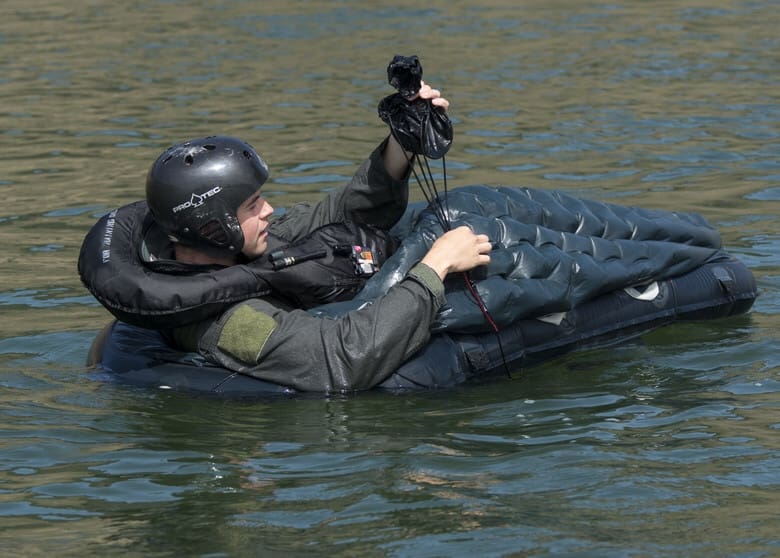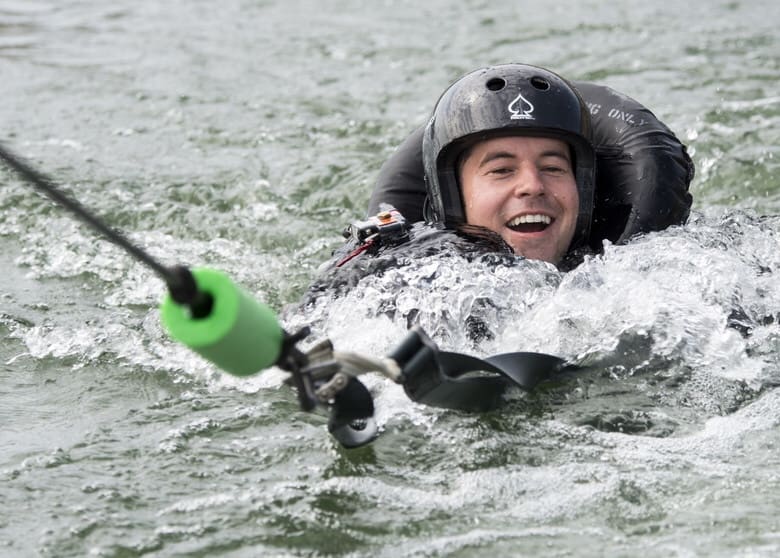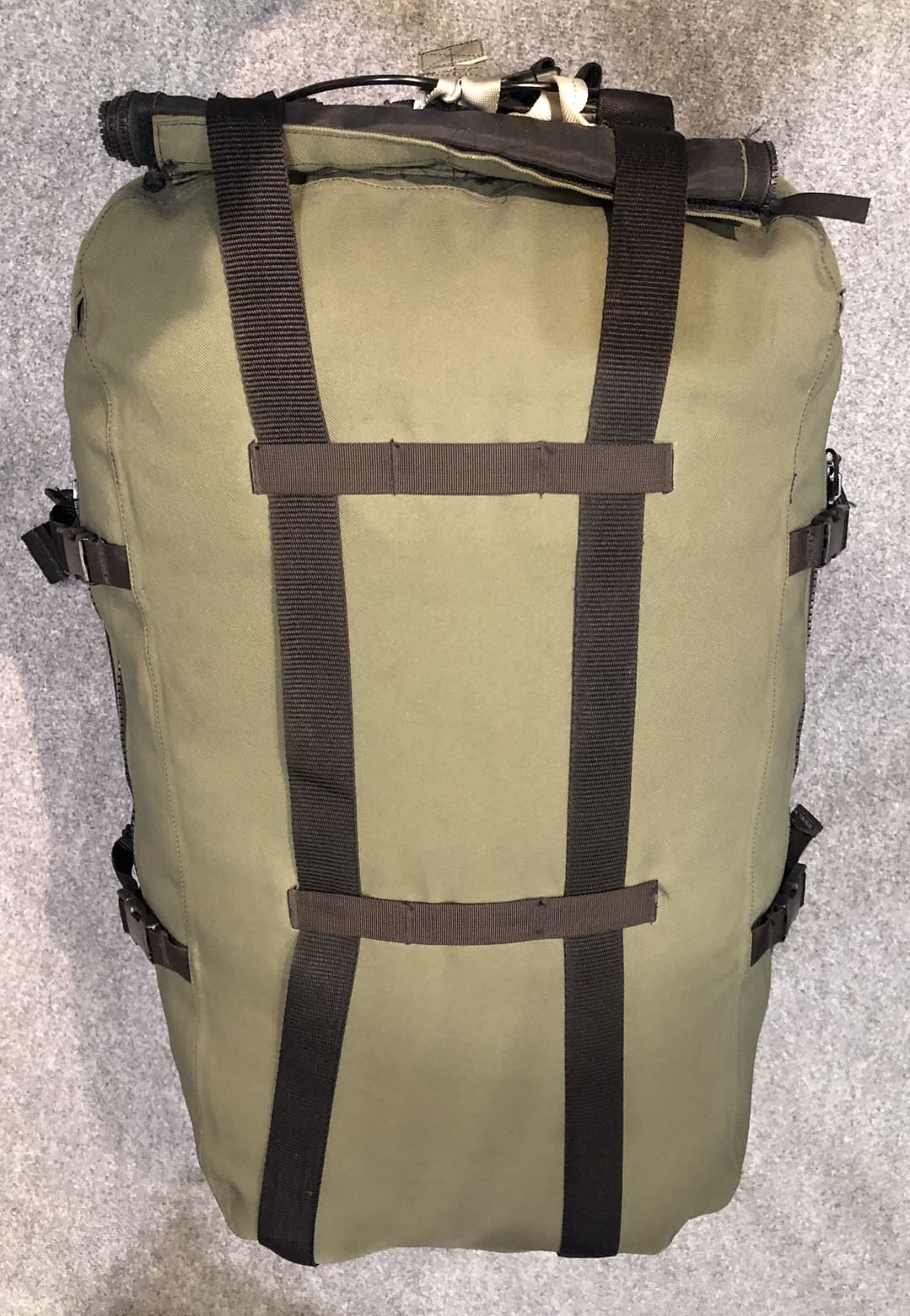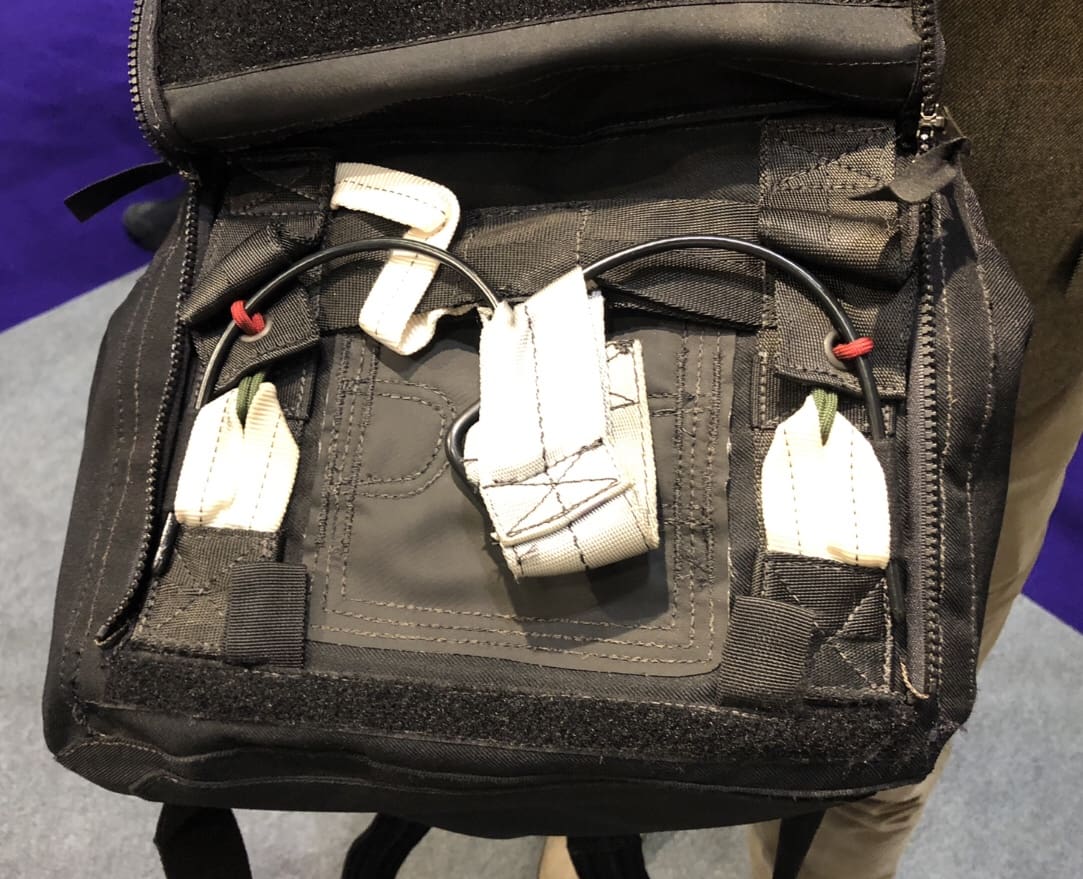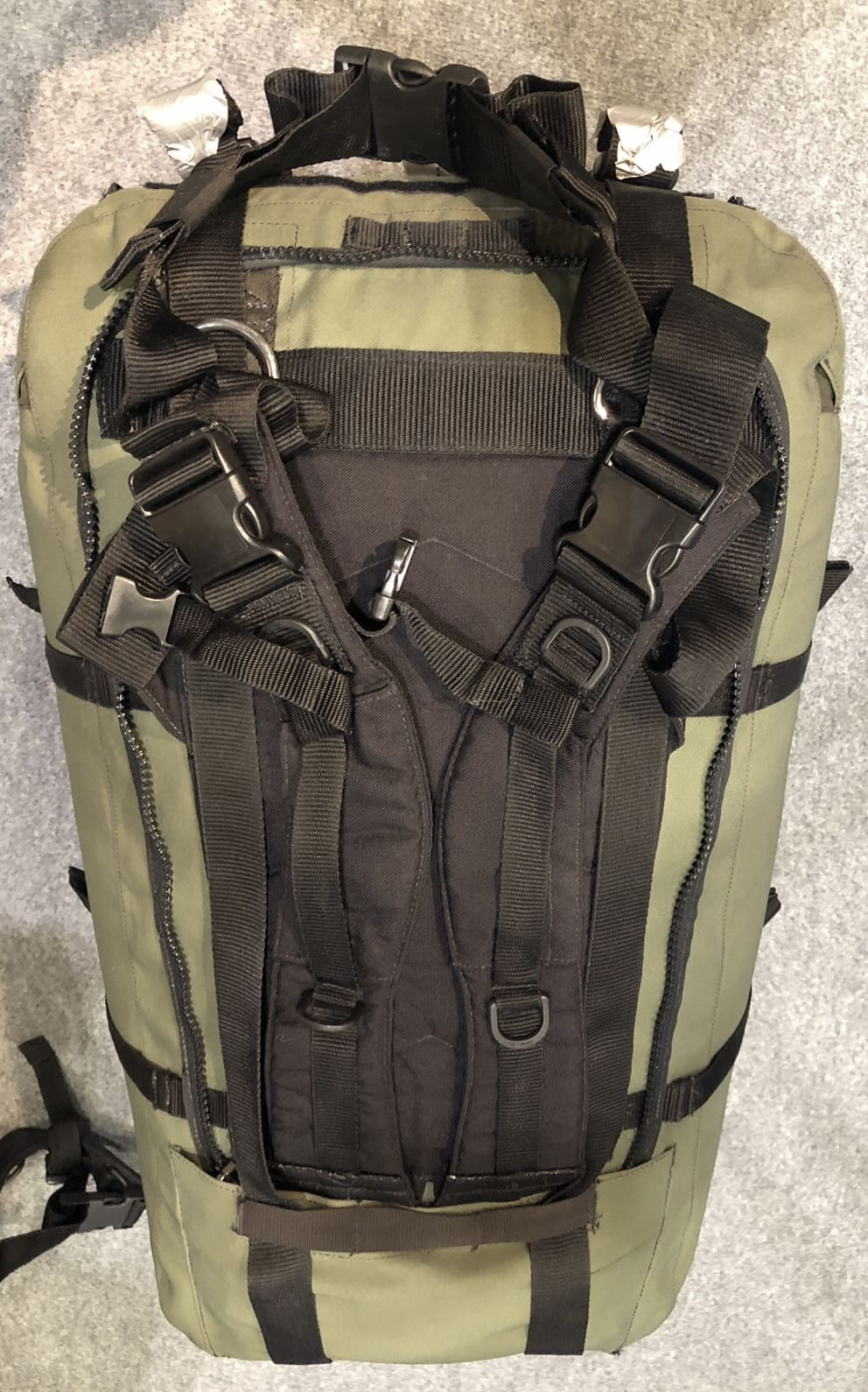Like most military people, I believe in Valhalla. I have seen the 13th warrior and have always hoped to be in Valhalla when I die. The Vikings believed in an afterlife, and these were based on the religious beliefs they held. We have been learned about their practices by both archaeological and textual sources. The Vikings believed that it was possible to take their worldly possessions into the afterlife with them. So, an essential feature of Viking funerals was the grave goods. The Vikings believed that warriors who fell in battle would earn the right to enter Valhalla, an enormous hall located in Asgard, the domain of Odin. There, the fallen warriors would feast and fight until the arrival of Ragnarok. The dead needed to have their equipped so they could fight in the afterlife. There was more than one realm for the dead include Folkvangr (also for warriors), Helgafjell (for those who have led good lives), and Helheim (for those who died dishonorable deaths). This could be from laziness, old age, for example, to die in your bed with never doing anything good for your people. In Viking times, dying bravely was definitely the most honorable.
One of the most essential objects required by a dead Norse was a warship. The Vikings were great seafarers, and they believed that ships would help provide them with safe passage into the afterlife. Although the warship played a prominent role in Viking funerals, there was no standard funeral., it was based on your status. The grave could also include slaves or thralls, and, in some cases, the widow would choose to be sacrificed to join her husband on the journey to Valhalla. It the Middle Ages a traveler named Ahmad ibn Fadlan gave the account of a funeral like no other. At the funeral for a Viking chieftain, he said it included a sacrificial female slave who was forced to drink copious amounts of alcohol, then she was raped by every man in the village as a tribute to the deceased. From there, she was strangled with a rope, stabbed by a matriarch of the village (known as the Angel of Death), then placed in the boat with her master and set on fire. The more polite Viking would bury people with stuff they had in life like a craftsman might be buried with his tools. A Viking woman might find her cloth-making equipment or cooking tools would follow her in the afterlife.
Vikings Traveled to the Afterlife by Ship but Not by Sea
Thru out Scandinavia, Archaeology has discovered some Viking burial mounds that were meant to resemble ships. They used stones to outline the shape of what looks like small ships. Higher ranking Vikings, such as chiefs and kings, were even able to have actual ships accompany them into the afterlife. In some cases, the boats would be buried with its contents, while in others, they would be burnt before the burial. There is a widespread belief today that the Viking set the ships on fire before pushed out to sea, but I am sorry to say this, but there is no real proof that this has ever happened. So, no flaming arrows. Sorry

Apart from their ships, warriors entering Valhalla would be required to bring their weapons and armor, these objects were part of a Viking’s grave goods. Archaeologists have found blades as part of a Viking’s grave goods would usually be broken or bent. This was meant to symbolically signify the final death of the individual, as the Vikings believed that a warrior’s soul was linked to his weapon. Additionally, the destruction of the blade served as a deterrent to grave robbers.
Grave goods also served to ensure that the deceased was satisfied in the afterlife. The Vikings believed that if the dead were not appeased, they could return as a Draugr (unfriendly ghost) to haunt the living. The undead could be blamed for everything that was going bad, from losing a battle or the crops not growing. If they thought a Draugr was up to no good, they would dig up the last people buried and look for signs of undead activity. When a Draugr was identified, the Vikings would rebury the body with more grave goods, assuming at the person had been a highly respected person in life. Sometimes they would go as far as to stake the body down to make sure it couldn’t get up again and lastly, they would chop off their head so as to kill it, very much like Dracula or the walking dead.
When you died, there were two typical ways of dispose of the body, cremation or inhumation (cover you with a rock mound basically) (the ground was frozen most of the time, so the inhumation was the best way for them to bury someone)
There are typically two common ways to bury the dead, and the Vikings did practice both. The first method, cremation, is to burn the body, the ashes, could then be scattered, buried, or sailed out to sea. The second, inhumation was to bury the body in its current state under the ground, and then either place earth, dirt or stones on top of the body.
It was normal in Norse times to cremate the deceased body before a land or sea burial, a practice that had a significant reach to their afterlife. By cremating their dead, the Vikings believed the smoke would carry them to their rightful destination in the afterlife. Successful cremation required a scorching fire, hot enough to burn flesh and bone to ash and to achieve this a pyre was needed. The Vikings used pyres (basically a big pile of very dry wood that would burn at very high heat) (you know like the fire Luke used to cremate Darth Vader” his father”) to cremate their dead. Without the intense heat caused by a pyre, a typical fire would likely not burn the body completely. This could leave parts of the body remaining and is of course, not desirable.

A Viking sea burial.
Another kind of burial was for the Vikings to sail their dead out to sea. This practice often involves the burning of the ship before the dead are cast out. Many believe that the body was cremated before the ship was sailed. Either way, it was common for the dead’s goods to travel with them out into the water. This type of burial was not common however and was likely reserved for sea captains, noble Vikings and the very wealthy. In old Norse times, boats would have taken months to construct and would not have been wasted without valid cause or a suitable amount of status. Some woman held high statues also. One of the most extravagant boat burials honored two women, who likely died around 834 A.D. Known as the “Oseberg ship,” it’s one of the most well persevered Viking artifacts ever found. While the Vikings were known for the craftsmanship that went into their vessels in general, the size and detail of the Oseberg were above and beyond. Seventy feet long and nearly 17 feet wide, the ship had 15 oars on each side, a pine mast more than 30 feet high, and was spacious enough to fit 30 people. You go girls.

Typically, the Vikings would wait for seven days before the celebration. This day would be marked with the drinking of ale, which signified the passing of any property from the deceased. After this celebration, the heir would truly claim their inheritance. The exact rituals of Viking funerals are challenging to say, (so maybe flaming arrows) as they kept minimal written accounts of their lives and deaths. Regardless of how the body was disposed of, a few rituals remained almost constant. The body was draped in new clothes explicitly prepared for the funeral, and a ceremony was held featuring songs, chants, food, and alcohol. Death rituals are designed to help those left behind come to terms with the loss. Many have survived but slightly modified over the centuries. Looking at what we do today when someone dies today. It is very close to the Viking funnerals. We put them in their uniform, sometimes we give them things for the afterlife, swords, tomahawks, alcohol and we drape them in cloth, but it is our flag, the symbol of our tribe and nation. I would never compare us to the Vikings, as they had no rules and did what they wanted to do. But a lot of the warrior spirit of them is in every person that goes to fight and defend their brothers.


